Facts that put the size of the universe into perspective
Welcome to the cosmic wonderland, where the universe unfurls its mysteries and captivates our imagination. From the tiniest particles to colossal galaxies, the vast expanse of space invites us to ponder our place within it. As we embark on this journey, prepare to be amazed by the mind-bending scales and the enigmatic phenomena that define our universe. So, buckle up and get ready to explore the cosmos, where the wonders never cease.
The Vastness of the Universe: A Mind-Boggling Comparison
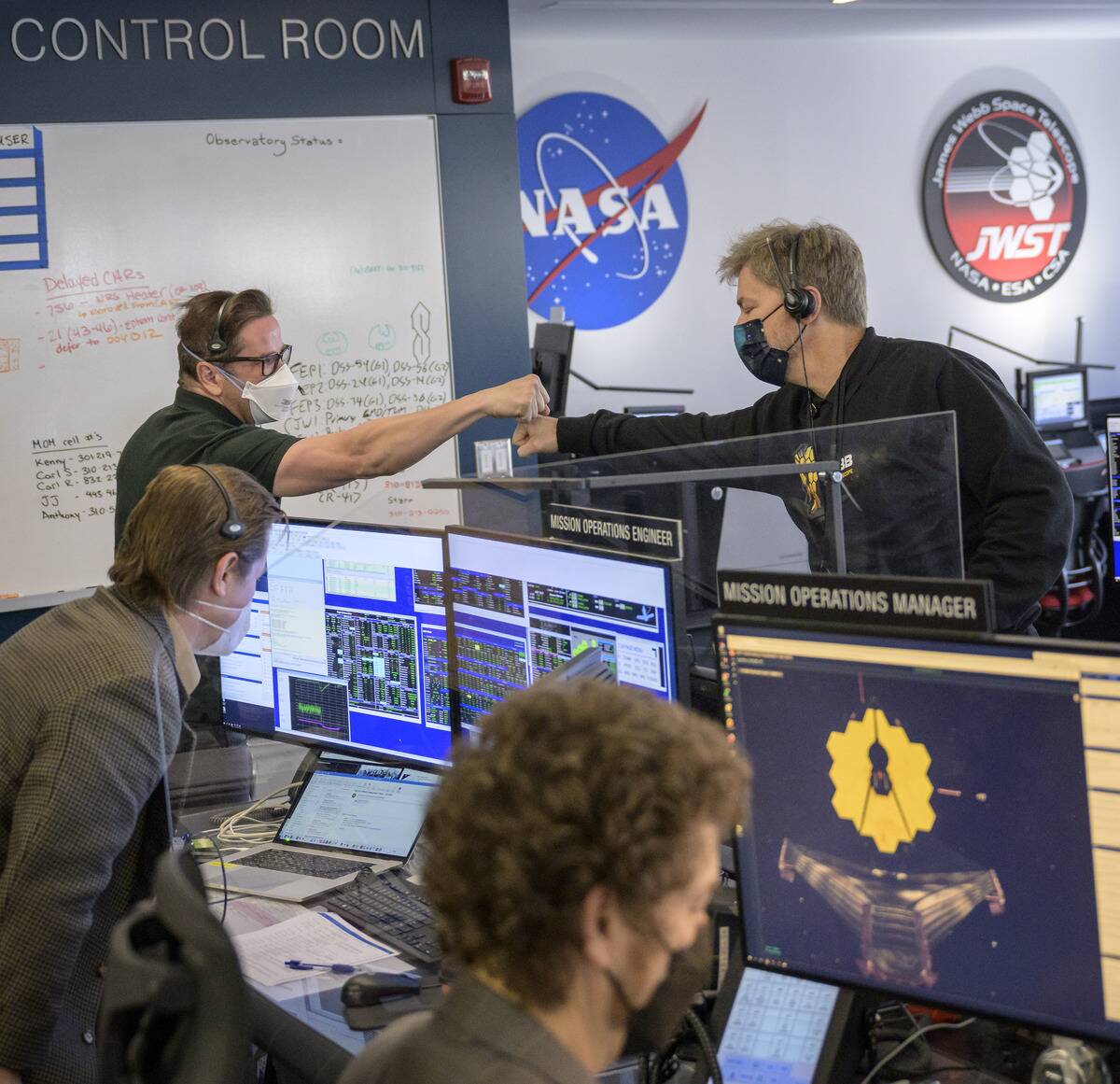
The observable universe is mind-bogglingly vast, stretching over 93 billion light-years in diameter. To put that in perspective, a light-year is the distance light travels in one year, about 5.88 trillion miles. Imagine trying to traverse this cosmic expanse! This incomprehensible scale reminds us of the universe’s endless possibilities and the marvels waiting to be discovered.
From Quarks to Galaxies: The Scale of Existence
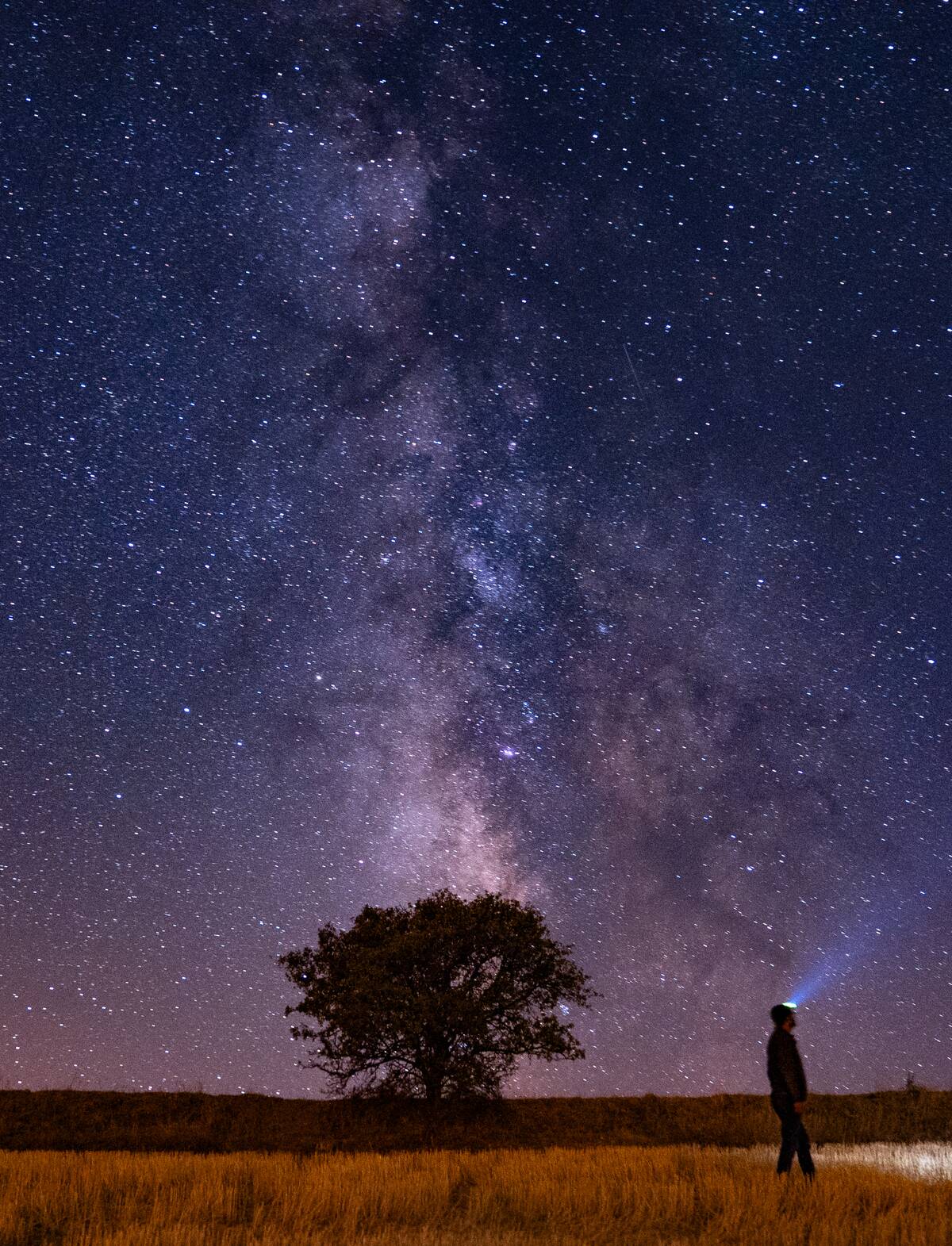
Our universe is a tapestry woven with threads of varying scales, from the infinitesimal quarks to gigantic galaxies. Quarks, the building blocks of protons and neutrons, are so small that they defy direct observation. Conversely, galaxies like the Milky Way comprise billions of stars and span tens of thousands of light-years. This incredible range of sizes illustrates the universe’s complexity and the interconnectedness of all things, from the micro to the macro.
Cosmic Gigantism: Galaxies Bigger Than Imagination

In the realm of galaxies, size truly matters. The largest known galaxy, IC 1101, stretches over 6 million light-years across, dwarfing our Milky Way, which measures about 100,000 light-years in diameter. Galaxies like IC 1101 contain trillions of stars, each potentially hosting planets and diverse cosmic phenomena. These giant galactic structures serve as a reminder of the universe’s boundless creativity and the endless wonders waiting to be explored.
The Universe’s Biggest Known Star: VY Canis Majoris
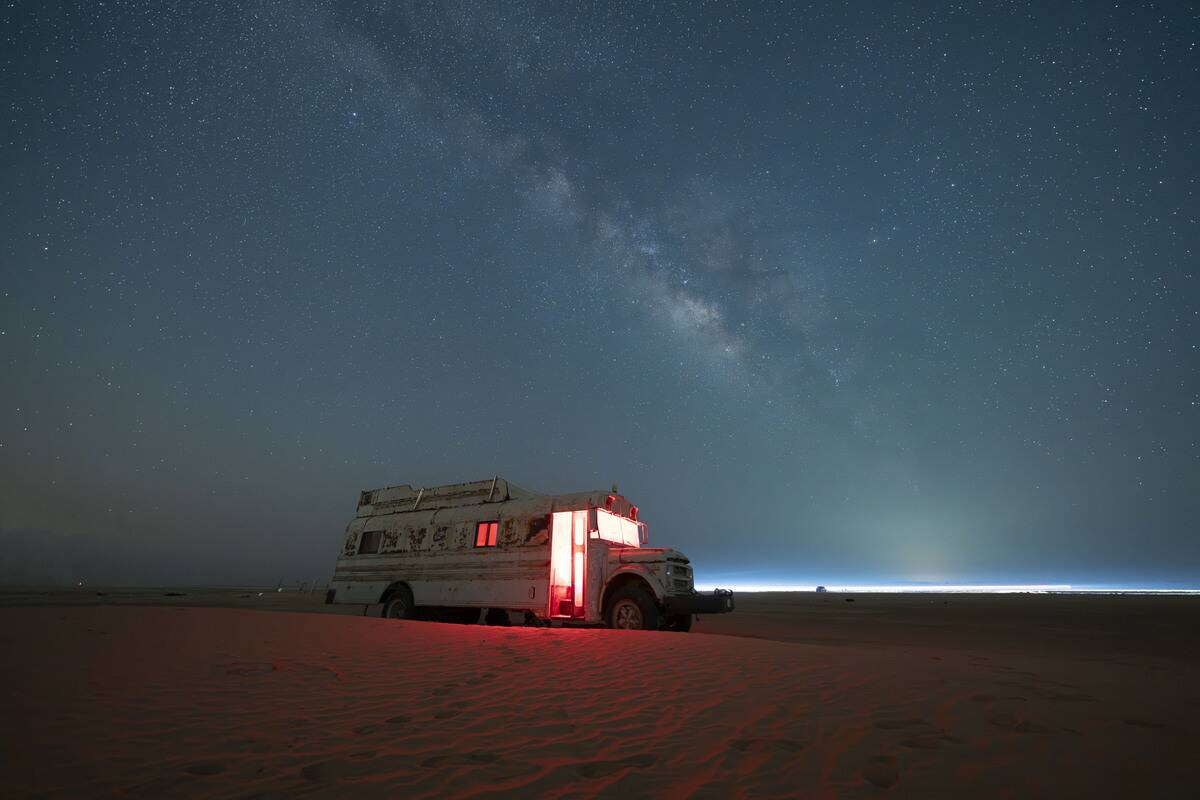
VY Canis Majoris takes the crown as the biggest known star in our universe. This red hypergiant star is so enormous that if placed at the center of our solar system, it would extend beyond the orbit of Jupiter. With a radius roughly 1,500 times that of our Sun, VY Canis Majoris challenges our understanding of stellar evolution and the limits of star formation. Its sheer size underscores the diversity and grandeur of celestial bodies.
The Limitless Reach of Light: Speed That Dazzles

Light, the swiftest traveler in the universe, zips through space at an astonishing speed of 186,282 miles per second. This speed enables light to circle the Earth over seven times in a single second! The concept of light-years, which measures astronomical distances, highlights the vastness of space. Despite its speed, light takes years to reach us from distant stars, emphasizing the immense scale of the cosmos and the time it takes for its wonders to be revealed.
The Cosmic Web: A Spider’s World in Space
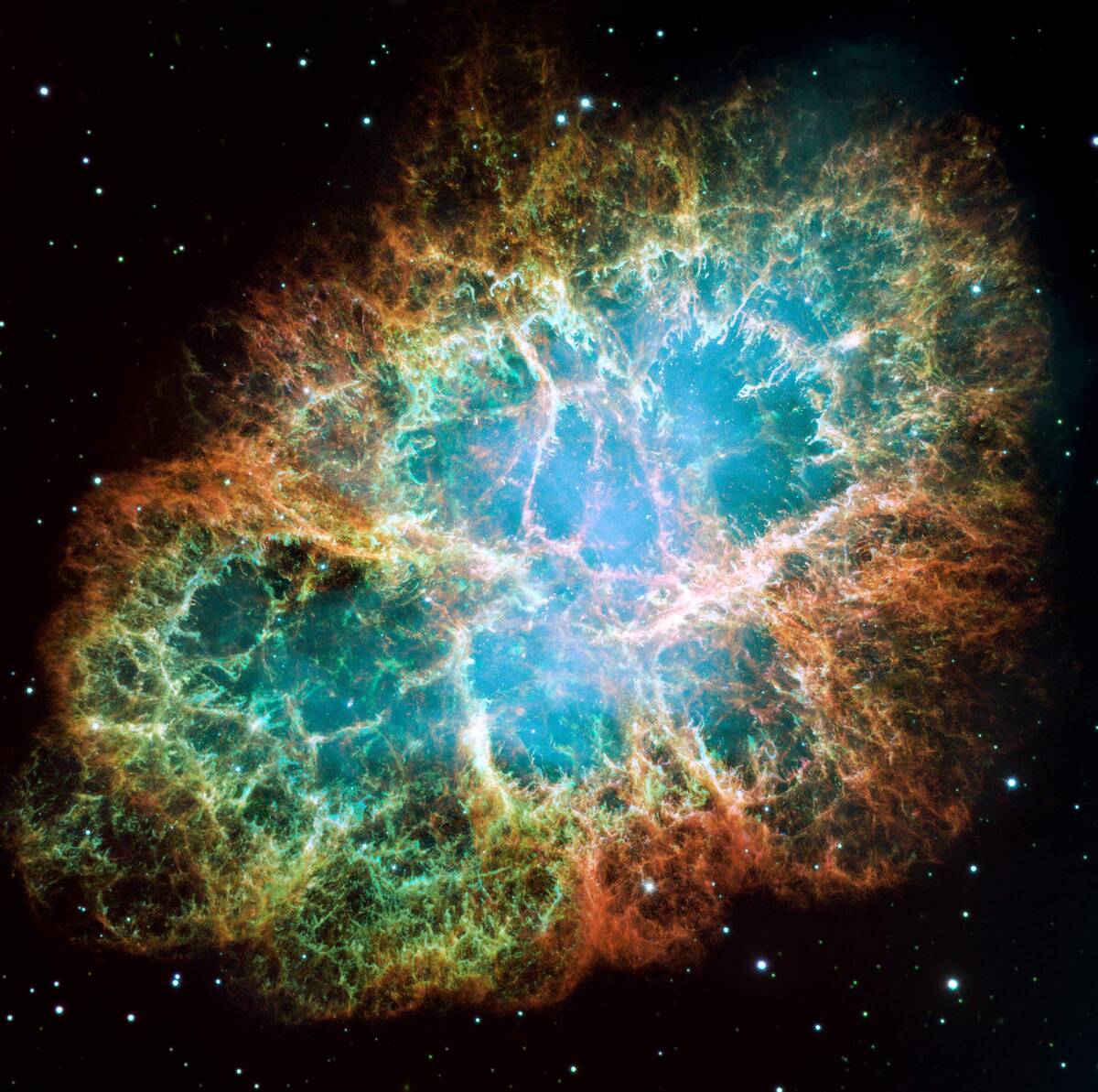
The universe is not just a random scattering of celestial bodies; it’s structured like a cosmic web. Galaxies and galaxy clusters are interconnected by vast filaments of dark matter and gas, resembling a spider’s web spun across the cosmos. This intricate structure, spanning billions of light-years, helps astronomers understand how galaxies form and evolve. The cosmic web reveals the underlying order in the universe’s apparent chaos, offering insight into its grand design.
The Observable Universe: A Bubble in the Infinite Sea
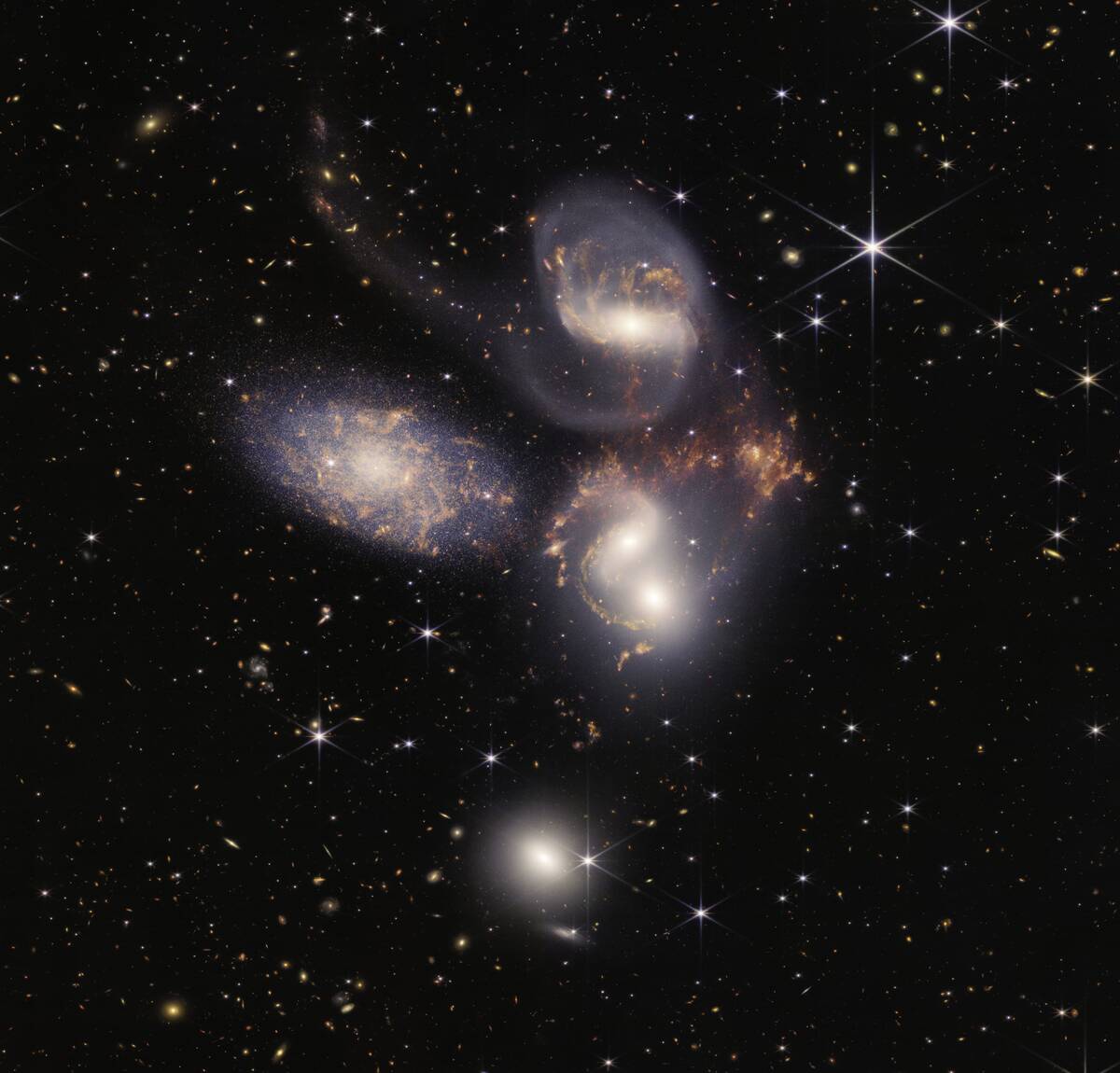
Our observable universe, though vast, is just a tiny bubble in an infinite sea. It spans about 93 billion light-years, limited by the speed of light and the universe’s age. Beyond this boundary lies the unobservable universe, a realm we can only speculate about. This concept challenges our perception of reality and invites questions about what lies beyond our cosmic horizon, urging us to continue exploring the mysteries of the universe.
Cosmic Scales: Comparing the Universe to a Grain of Sand
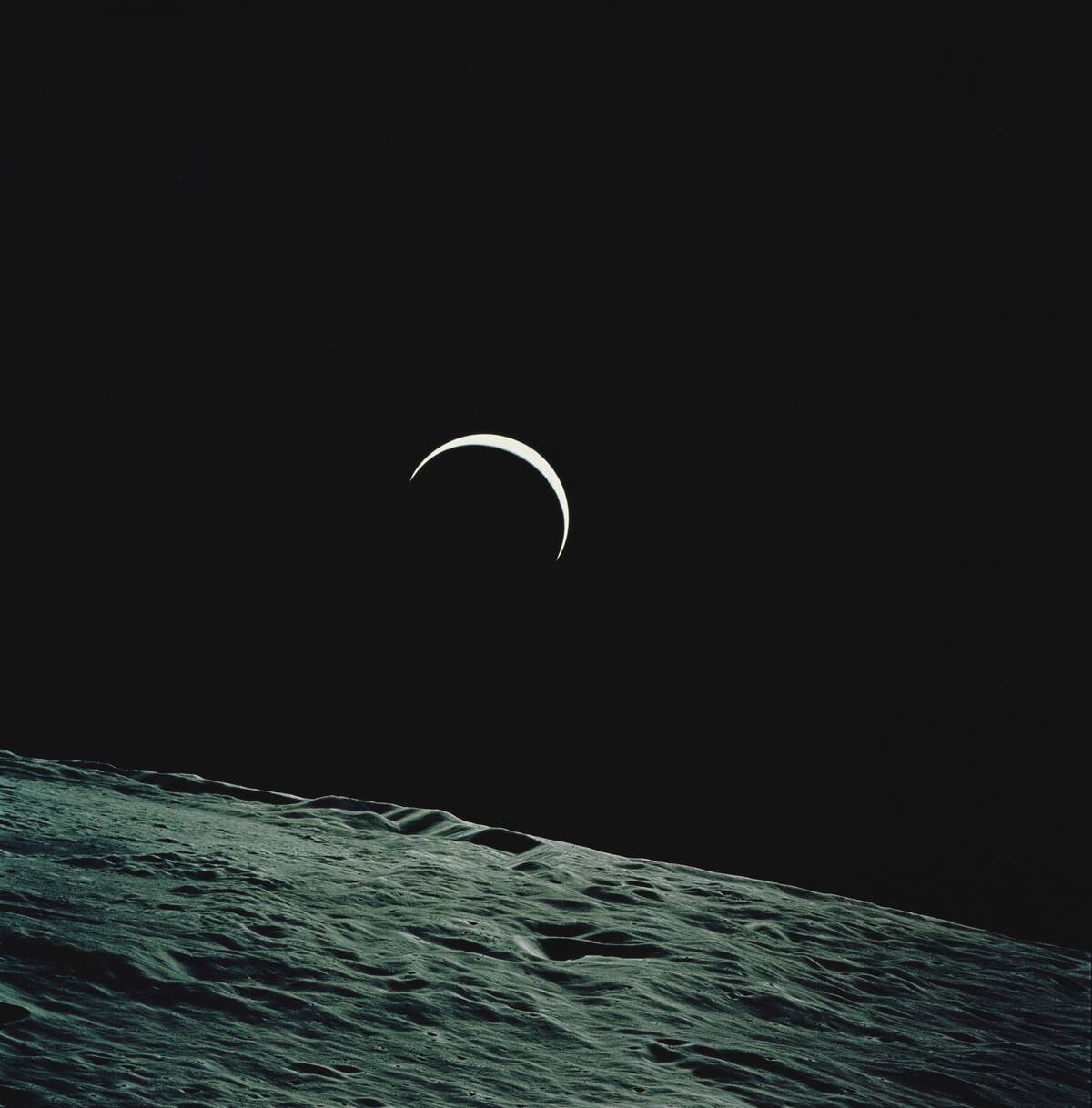
In the grand scheme of the universe, Earth is but a grain of sand on a vast cosmic beach. Imagine the entire observable universe as a colossal sphere, and our planet is merely a speck within it. This humbling comparison highlights the insignificance of our world in the broader universe. Yet, it also inspires awe at the possibility of countless other ‘grains of sand’ teeming with life and wonders, waiting to be discovered.
The Immensity of Black Holes: Monsters of the Cosmos
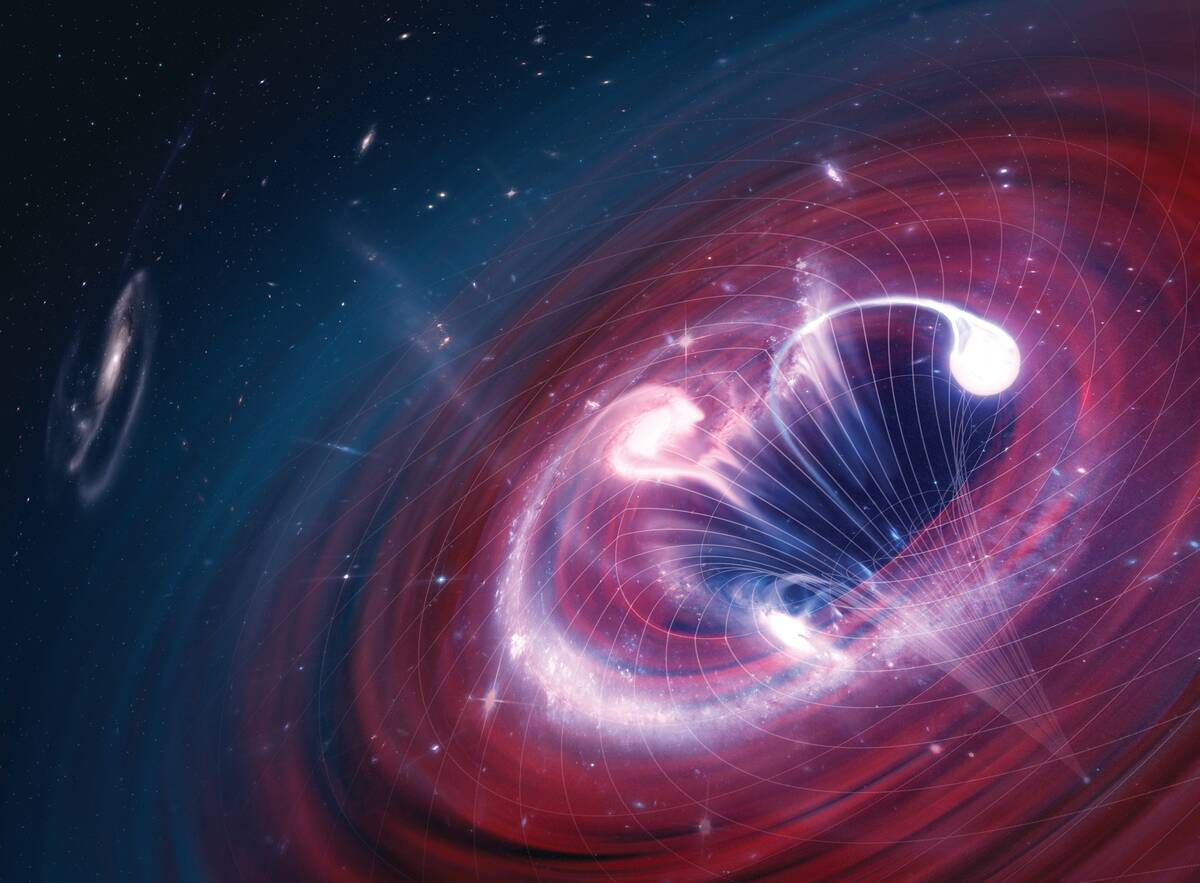
Black holes are the universe’s ultimate giants, with gravitational pulls so strong that not even light can escape. The largest known black hole, TON 618, boasts a mass of 66 billion times that of our Sun. These cosmic behemoths lurk at the centers of galaxies, including our Milky Way, shaping their formation and evolution. Black holes remain one of the most mysterious and fascinating phenomena, challenging our understanding of physics and the universe’s nature.
Cosmic Distance Ladder: Steps to the Stars
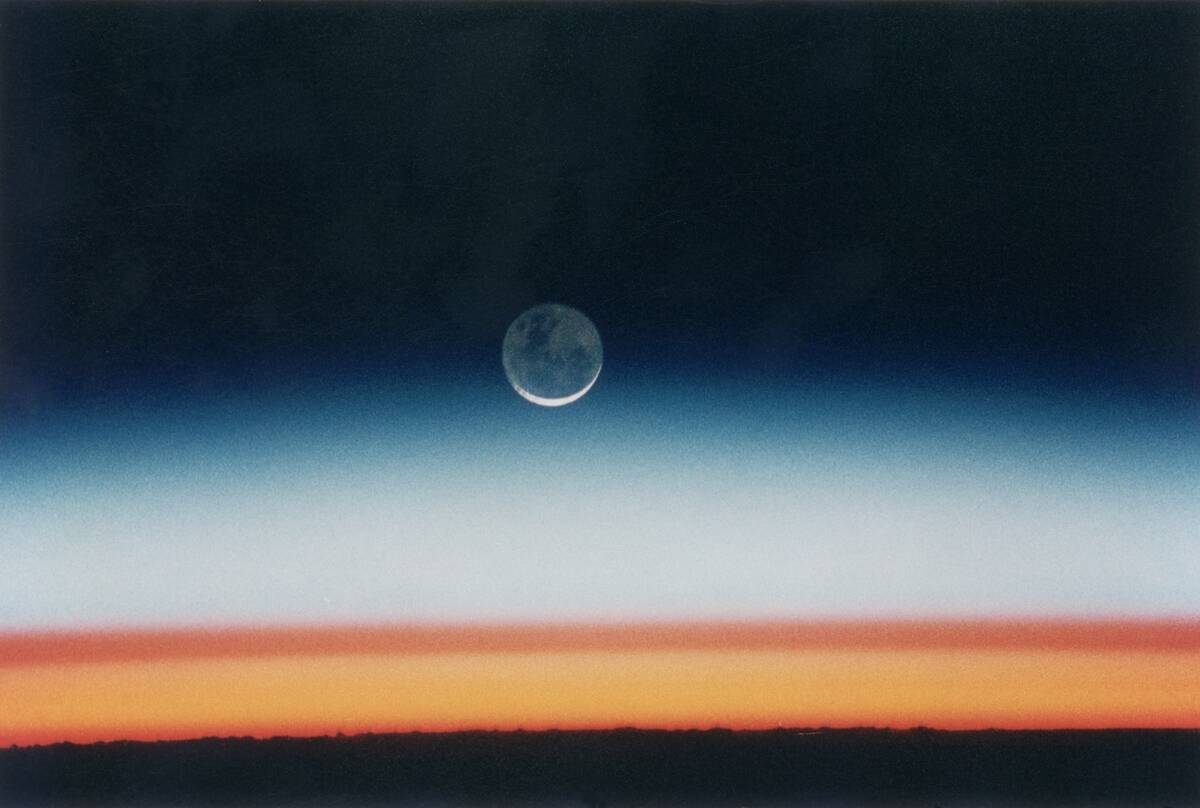
Astronomers use the cosmic distance ladder to measure the vast stretches of space. This method involves a series of steps, from parallax measurements to Cepheid variable stars and supernovae. These techniques allow us to determine distances to celestial objects with remarkable accuracy. By climbing this ladder, we gain insights into the universe’s size, age, and expansion, helping us piece together the cosmic puzzle and understand our place within the stars.
The Universe’s Largest Structure: The Hercules-Corona Borealis Great Wall
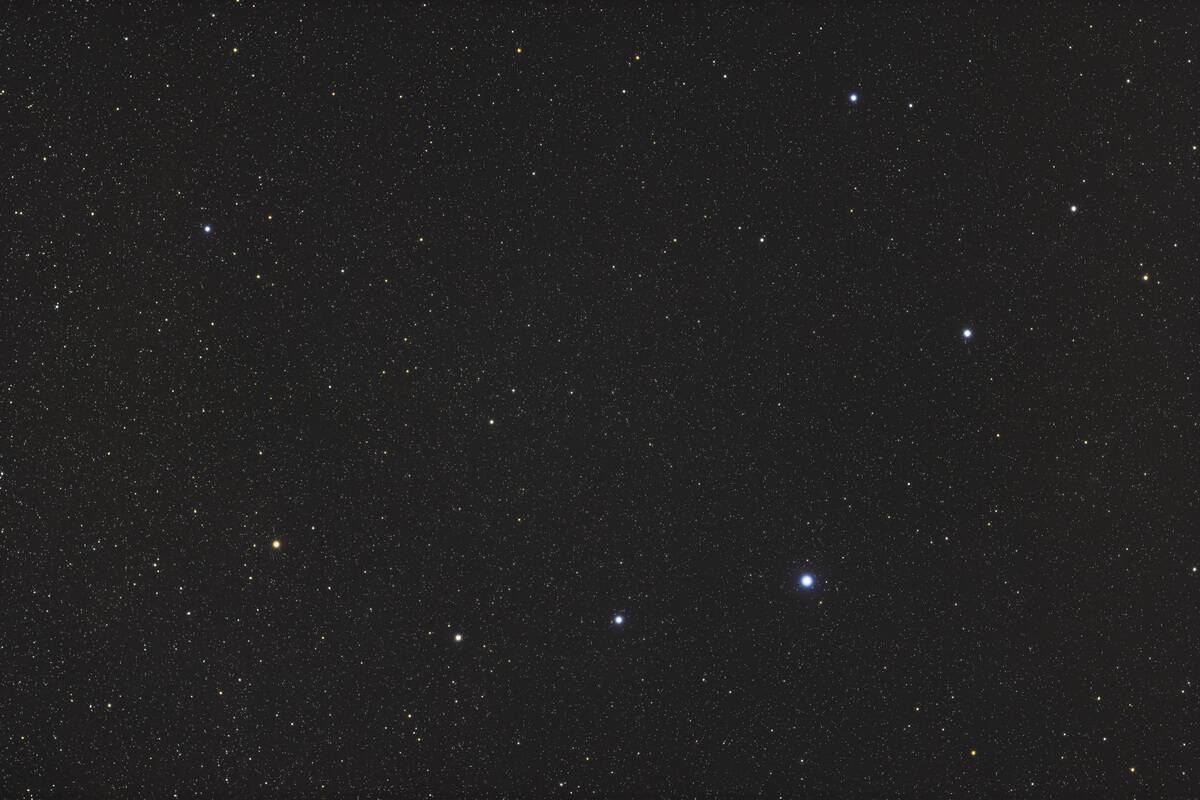
The Hercules-Corona Borealis Great Wall is the largest known structure in the universe, spanning over 10 billion light-years. This colossal cosmic feature consists of a cluster of galaxies, forming a wall-like structure that defies comprehension. Its existence challenges current cosmological models, as it seems too large to have formed since the Big Bang. Discoveries like this push the boundaries of our understanding and highlight the universe’s complexity and grandeur.
The Tiny Earth: A Pale Blue Dot in the Vastness
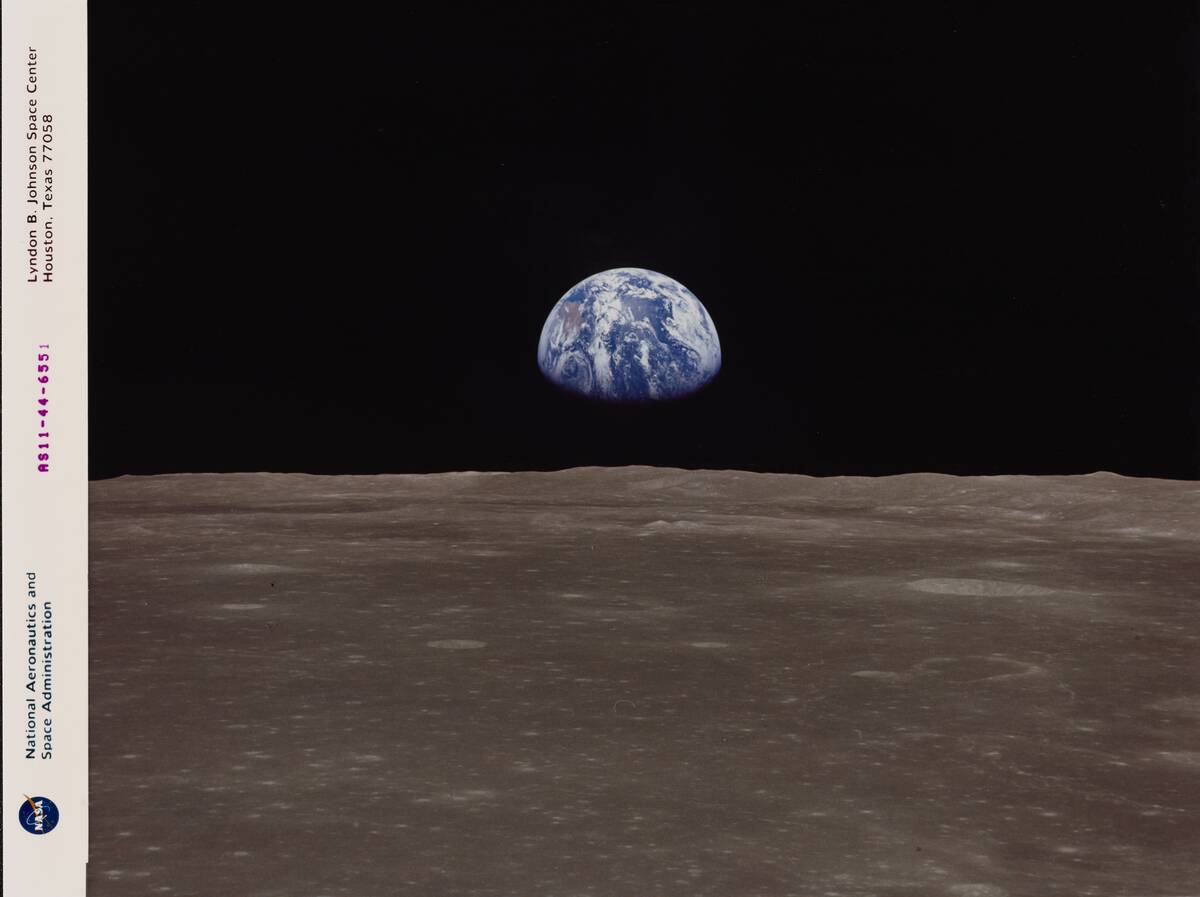
Carl Sagan famously referred to Earth as a ‘pale blue dot,’ emphasizing our planet’s smallness in the vast cosmic arena. From a distance of billions of miles, Earth appears as a mere speck, highlighting its fragility and uniqueness. This perspective invites reflection on our responsibility to protect our home and cherish the life it harbors. It also inspires a sense of wonder about the potential for other ‘dots’ in the universe, each with its own story.
The Cosmic Horizon: The Edge We Cannot See
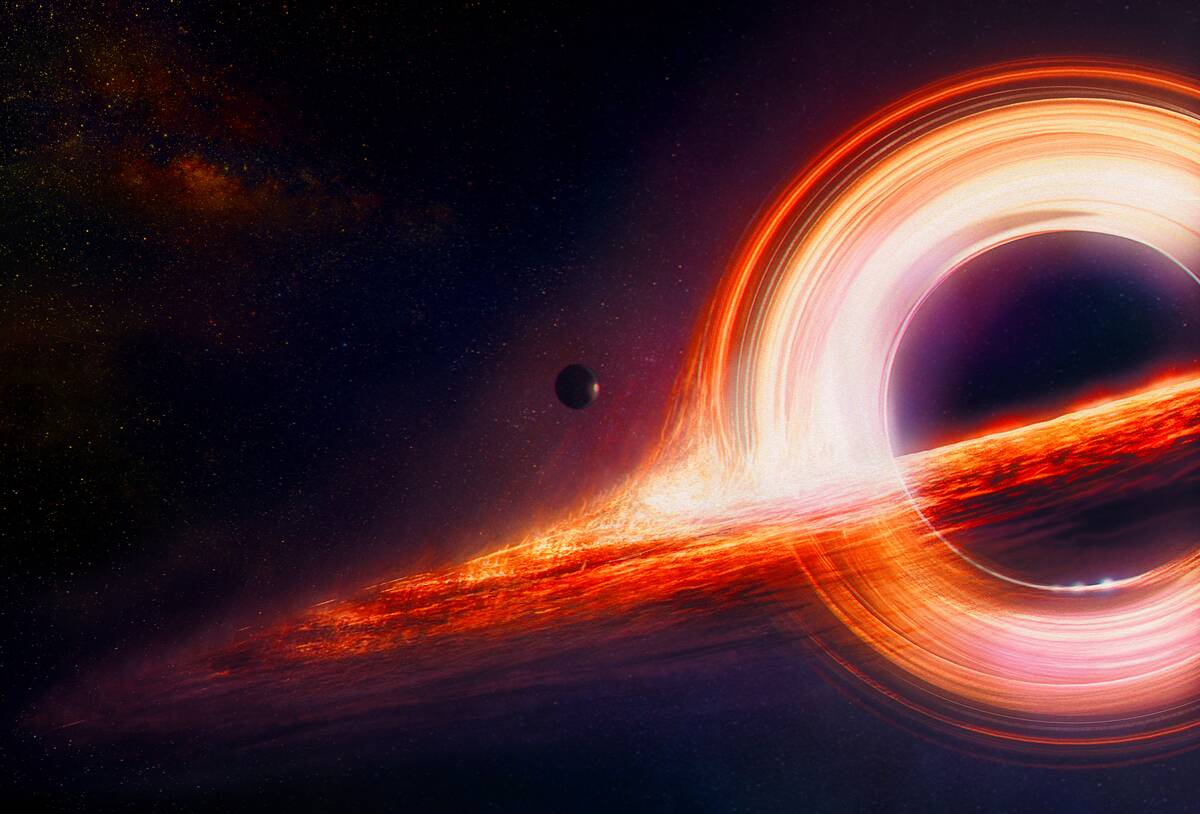
The cosmic horizon marks the edge of the observable universe, beyond which lies the unknown. Due to the universe’s expansion, some regions are moving away faster than light can travel, rendering them invisible to us. This horizon represents the limits of our current knowledge and fuels our curiosity about what lies beyond. As we push the boundaries of exploration, we are reminded of the endless mysteries that await beyond the visible universe.
A Universe of Atoms: Mind-Bending Micro to Macro
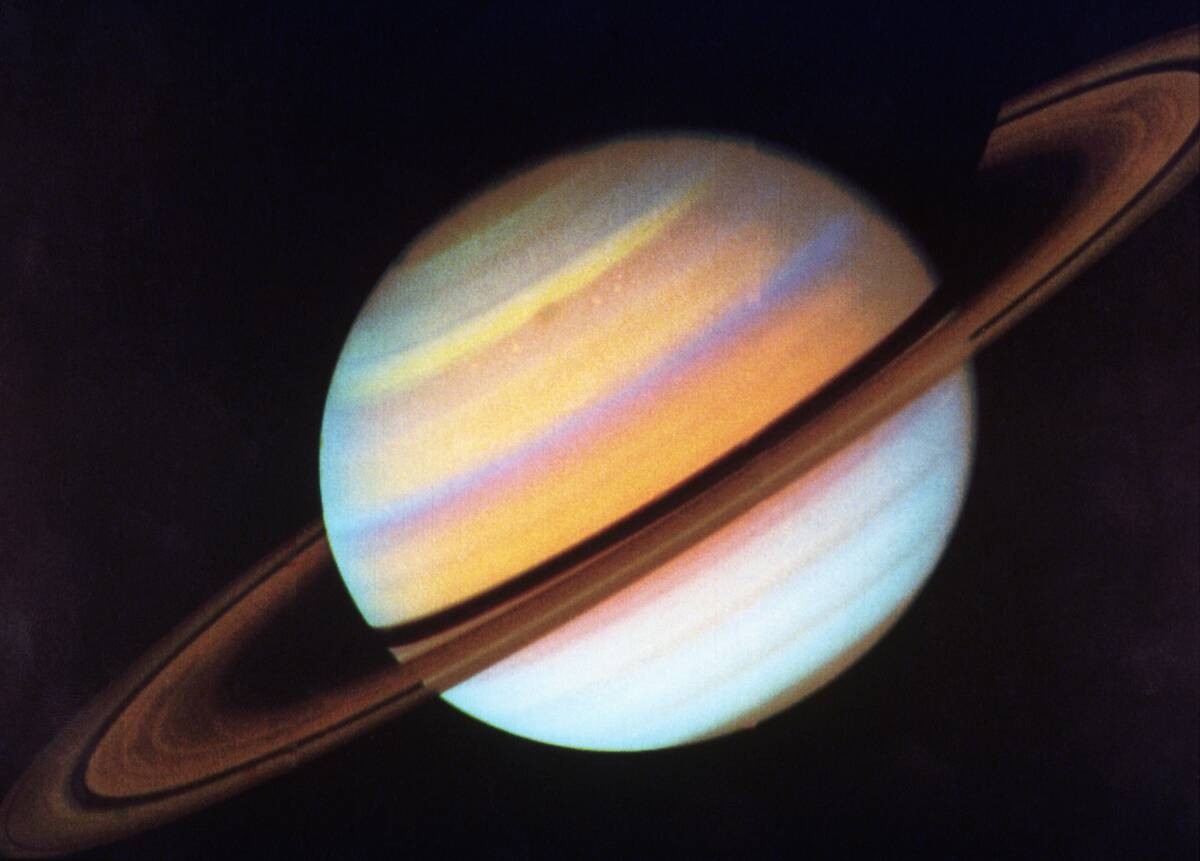
The universe is an intricate dance of atoms, from the smallest particles to the largest cosmic structures. Every star, planet, and galaxy is composed of these tiny building blocks. The same atoms that make up our bodies are also found in distant stars, linking us to the cosmos in a profound way. This connection between the micro and macro scales underscores the unity of the universe and the shared origins of all matter.
A Symphony of Sizes: Planets, Stars, and Galaxies
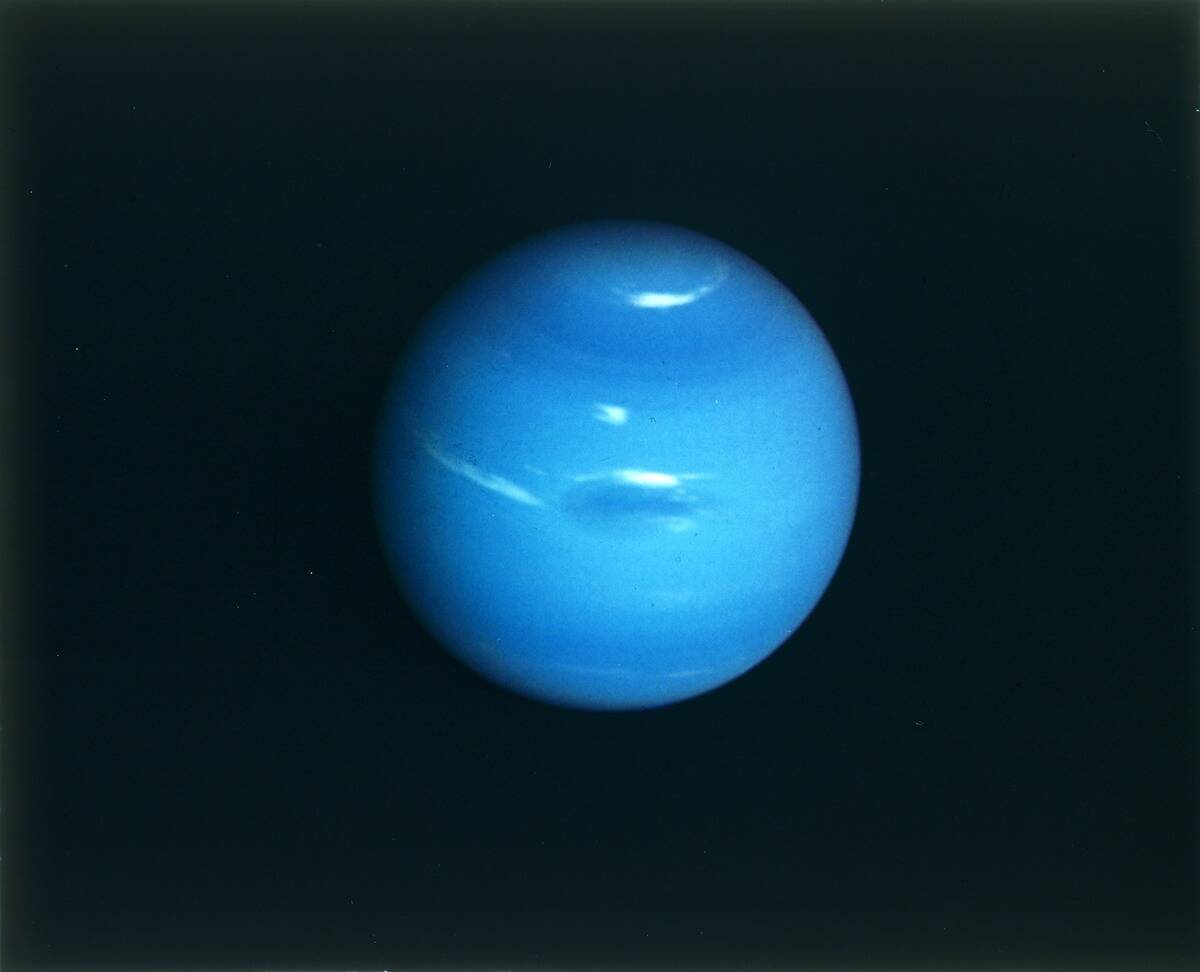
The universe is a symphony of sizes, with planets, stars, and galaxies creating a cosmic orchestra. Planets, like Earth, are dwarfed by stars like the Sun, which in turn are outshone by massive stars like Betelgeuse. Galaxies, containing billions of such stars, form the grandest structures of all. This hierarchy of sizes invites us to appreciate the universe’s diversity and marvel at the intricate interplay of cosmic forces shaping the cosmos.
The Age of the Universe: Ancient and Ever-Expanding
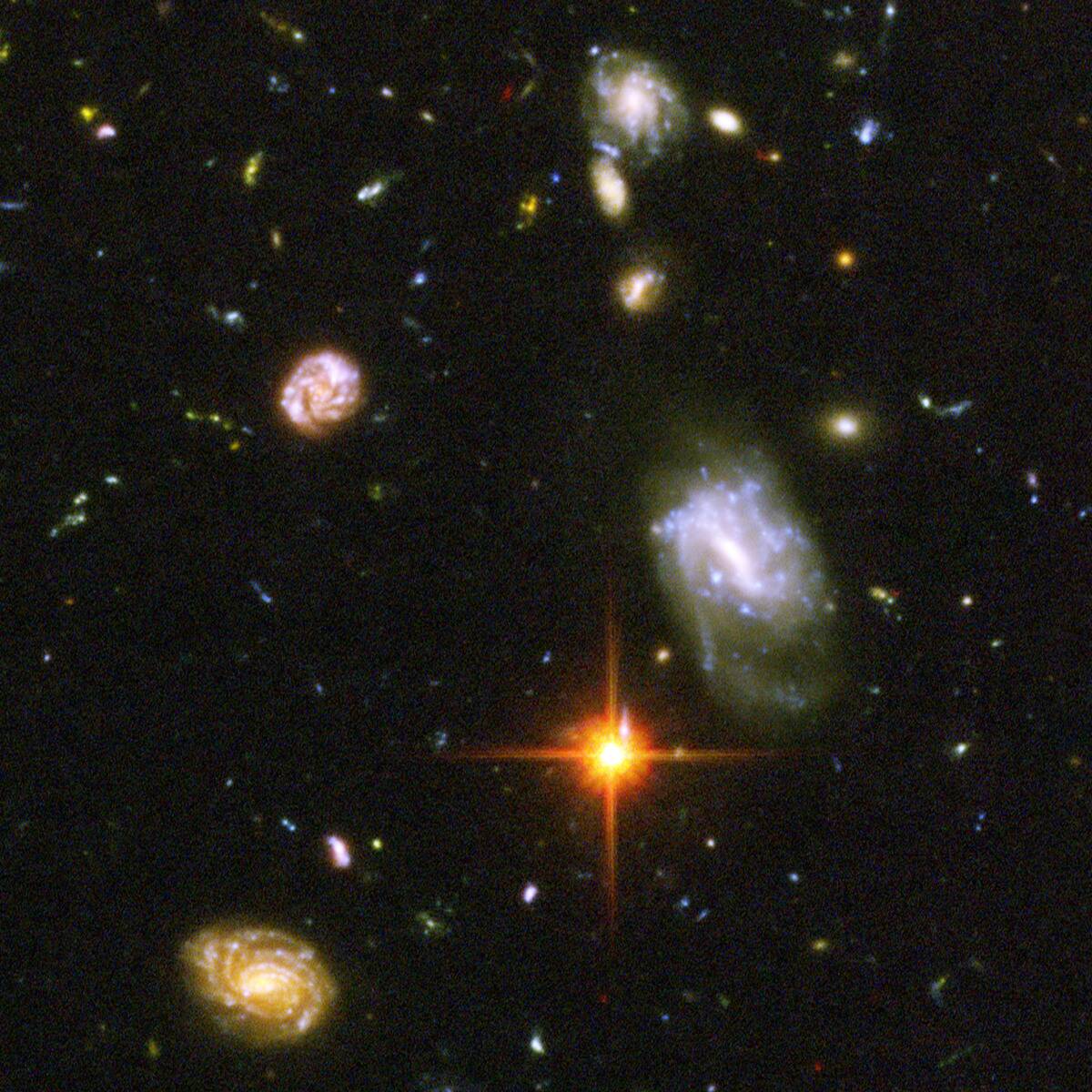
The universe is estimated to be about 13.8 billion years old, a testament to its ancient origins. Since the Big Bang, it has been expanding, with galaxies drifting apart like cosmic islands. This expansion is driven by dark energy, a mysterious force that accelerates the universe’s growth. As we study the universe’s age and evolution, we gain insights into its past, present, and future, unraveling the story of our cosmic home.
A Multiverse Theory: One Universe Among Many?

The multiverse theory suggests that our universe might be one of many, each with its own laws and constants. This idea, though speculative, expands the possibilities of existence and challenges our understanding of reality. If true, it could explain the fine-tuning of our universe’s conditions for life. While evidence for the multiverse remains elusive, the theory sparks imagination and invites us to ponder the vastness and diversity of potential realities beyond our own.




